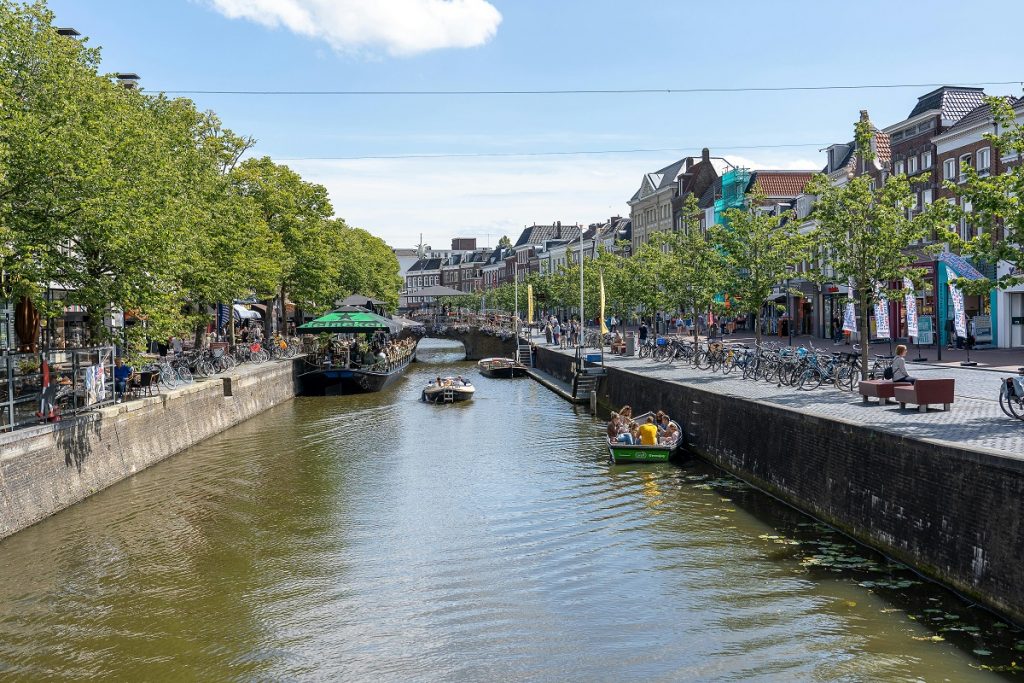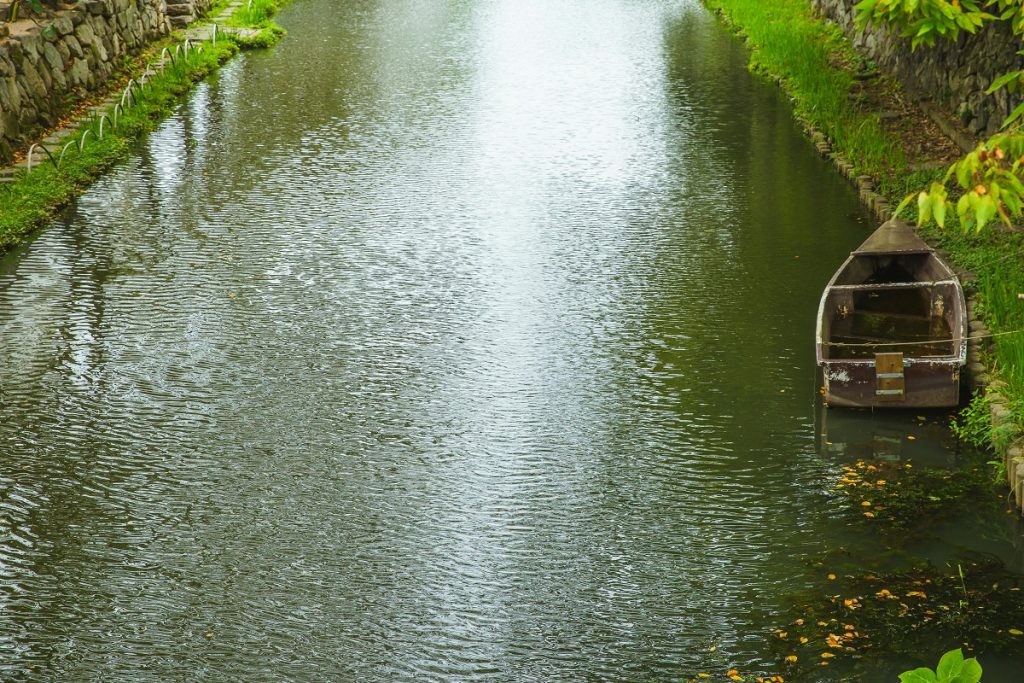

- Waterways are critical for the health of our planet and must be protected.
- Regulations and international cooperation are crucial for preserving waterways.
- Technological advancements offer solutions to detect and address pollution in our waterways.
- Complying with environmental standards and taking conservation actions is essential for sustainability.
- Everyone has a role in safeguarding our waterways, and working together can make a difference.
Waterways are lifelines for our ecosystems, providing habitat for diverse life forms, contributing to our crop irrigation, and serving as pathways for trade and transportation. However, unchecked industrial activities, urban development, and pollution threaten their health and sustainability. This guide is a clarion call to understand and commit to protecting our waterways through environmental compliance and conservation strategies.
Understanding Environmental Compliance in Waterway Protection

The Importance of Standards and Regulations
Waterway protection involves complex standards, regulations, and enforcement mechanisms. These are designed to monitor and control discharges, effluents, and pollutants to keep water resources clean and safe for all uses. The Clean Water Act, established in the United States, is a prime example of legislation dedicated to maintaining the integrity of the nation’s waterways.
Environmental regulations are continually refined, and industry standards are raised to meet the growing awareness of the connection between clean water and public health. Adherence to compliance standards is a legal obligation and a moral imperative.
The Enforcing Bodies
Enforcing environmental standards requires a multi-pronged effort. Government agencies like the Environmental Protection Agency (EPA) and state environmental agencies have the task of setting and ensuring these standards are met. Failure to comply can result in substantial fines and, in extreme cases, legal action.
Beyond the government, environmental organizations also play a crucial role. These entities often hold government and industry accountable, lobbying for stricter regulations and transparency and empowering local communities to monitor and report on environmental violations.
Critical Strategies for Waterway Conservation

Conserving our waterways demands a comprehensive approach that spans industrial practices, community actions, and individual choices. Here, we’ll explore the most effective strategies and practices that form our collective shield against waterway degradation.
Storm Water Pollution Prevention Plan (SWPPP) Inspections
Routine SWPPP plan inspections are vital for larger entities such as industrial facilities. SWPPPs are designed to identify potential sources of stormwater pollution on-site and establish best management practices to minimize impacts. Regular inspections help identify and rectify potential violations before they can harm water quality.
Implementing Best Management Practices (BMPs)
Best Management Practices serve as the gold standard for preventing waterway contamination. They cover many practices, such as erosion and sediment control, spill prevention, and management, as well as implementing structural controls to protect water resources. Industries and municipalities are continually innovating to develop and apply more robust BMPs.
Community-Based Waterway Cleanup Efforts
Communities often bear the brunt of waterway pollution and as such, they play a vital role in conservation efforts. From local waterway cleanups to citizen science initiatives, community-led activities restore the immediate environment and foster a sense of responsibility and stewardship among the population.
Advocacy and Public Education
Perhaps the most powerful tools in the waterway conservation toolkit are advocacy and education. Public support for environmental causes is often the precursor to meaningful policy change. Efforts to educate the public about waterway health and the necessity of individual and collective action can lead to a groundswell of support for conservation policies.
The Future of Waterway Conservation
The challenges to waterway conservation are dynamic, with climate change bringing unpredictable weather patterns, rising sea levels, and increased vulnerability to pollution. The future of waterway protection relies on our ability to innovate and adapt to these changes.
Policymakers must be forward-thinking, establishing regulations that are not only stringent but also flexible enough to address emerging threats. International cooperation is also vital; waterways do not adhere to geopolitical boundaries, and solutions to their protection must be as fluid as the water they contain.
Technological advances can provide us with the means to detect and address pollution more effectively. From drone technology for rapid response to contaminants to advanced treatment methods, the future holds promise for more robust waterway conservation.
The Bottom Line
Waterways are the arteries of our natural environment, and their preservation is essential for the well-being of our planet. Compliance with environmental regulations and adopting conservation practices are not optional but critical to ensure the health and sustainability of these vital resources.
Industry leaders, community organizers, and every individual have a part to play in safeguarding our waterways. Together, we can protect this common good for present and future generations. It’s time for a collective commitment to waterway health – a pledge to adhere to environmental standards, take proactive conservation actions, and spread awareness to catalyze change. Join the movement to protect our waterways – because when it comes to the lifeblood of our planet, every drop counts.

